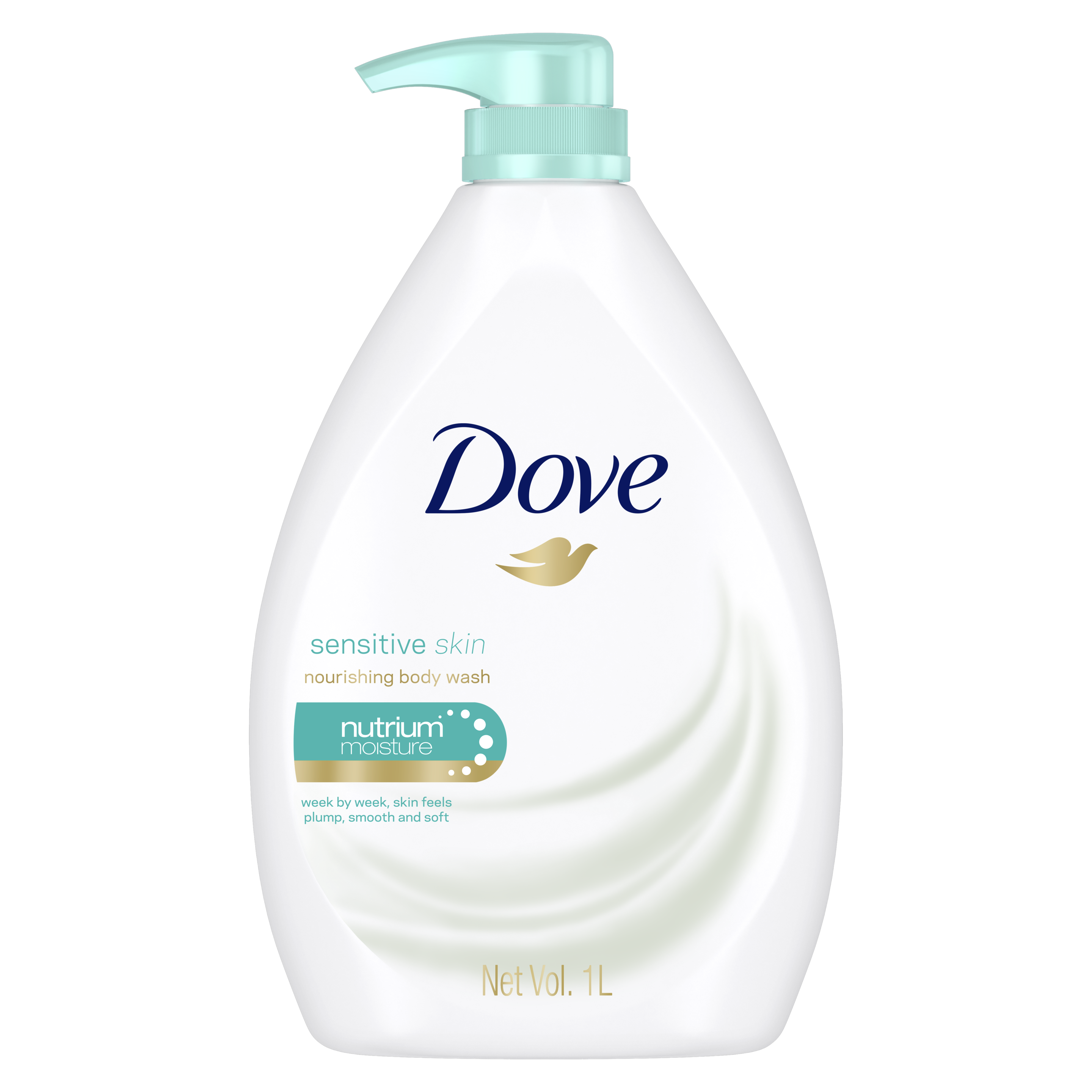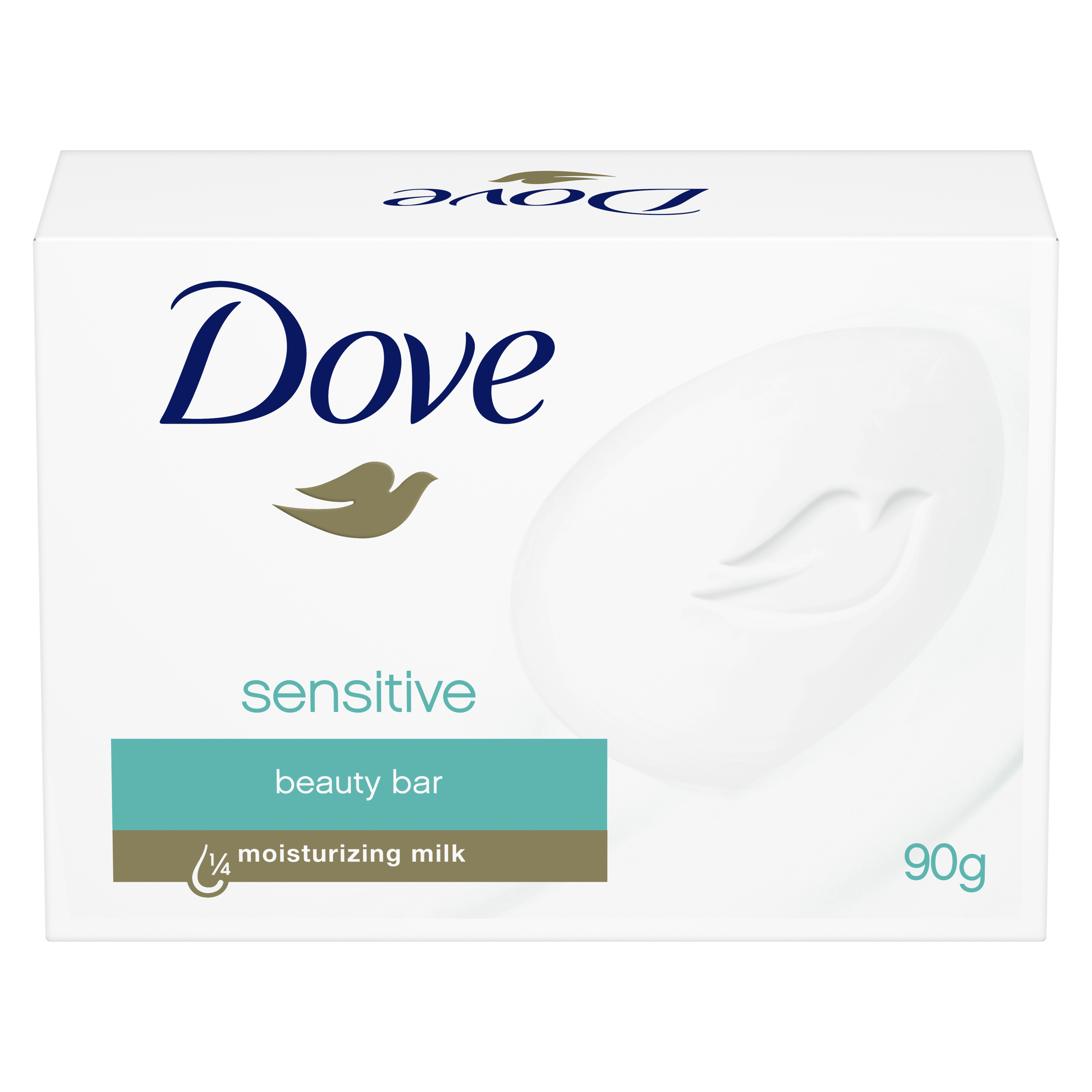Tips and Inspiration
From Unilever Beauty Experts
Do you have strange, bubble-like blisters on your hands or feet? These small, itchy bumps, often resembling tapioca pearls, could be a symptom of dyshidrotic eczema. It’s a chronic skin condition that can flare up unexpectedly and is often triggered by environmental changes, seasonal allergies, or a compromised immune system. Read on to learn more about the condition, its possible causes, and how to manage it.
What Is Dyshidrotic Eczema?
Dyshidrotic eczema, also called pompholyx or vesicular eczema, can surface suddenly on your palms, fingers, toes, and soles. This condition, common in young adults, can manifest itself as fluid-filled sacs or vesicles that can be very itchy.
The exact cause of dyshidrotic eczema can be difficult to pinpoint. Its common triggers include skin contact with metals like nickel or with harmful chemicals and fragrances. Stress and allergies can likewise cause flare-ups. Extremely cold or dry climates are also common factors.
How Can You Manage Dyshidrotic Eczema?
Fortunately, dyshidrotic eczema isn’t contagious, so there’s no risk of infecting those around you. Still, if left untreated, it can disrupt your daily activities, such as difficulty walking or typing. The blisters can also worsen and cause a skin infection. If you think you might have dyshidrotic eczema, it’s best to get it checked ASAP so you can start treatment immediately. Check out the following tips to help manage your condition.
1. Consult with a dermatologist.
Do you work in healthcare and use rubbing alcohol often? Have you recently changed your household cleaning soaps? Your dermatologist will check for possible triggers and give you medication to help alleviate the symptoms.
Dyshidrotic eczema treatment often includes topical corticosteroids to reduce inflammation. The dermatologist can also prescribe an anti-fungal cream if an infection is present.
2. Switch to mild soaps and lotions.
Stay away from common irritants like fragrances in the meantime. Be gentle with your hands and feet when cleansing and pat them dry – don’t rub! After you shower, apply a doctor-prescribed moisturizer or lotion to help repair the damaged skin barrier.
Try Dove Sensitive Skin Body Wash, which works with the skin’s natural processes to help renew moisture. It also has a sulfate-free, hypoallergenic, dermatologist-approved, and fragrance-free formula, which gives you a thorough yet gentle cleanse.
If you prefer soaps, the Dove Sensitive Beauty Bar is an option. It provides a mild cleanse that leaves the skin soft and smooth. It is fragrance-free and hypoallergenic and is formulated to protect the skin’s natural moisture. You can use this on your hands, body, and face.
3. Avoid skin contact with metal – yes, including jewelry.
Even if you’ve always worn rings, it might be best to take them off in the meantime to rule out all possible triggers. Household items that may contain nickel, such as coins, house keys, or even kitchen utensils, should also be avoided.
4. Protect your skin while using household cleaning agents.
Whether you’re hand-washing laundry or doing the dishes, wear non-latex gloves to protect your skin. These cleaning agents may contain harsh chemicals and cause your skin to dry.
5. Manage your stress levels.
Stress can also be a factor, so try to incorporate relaxation and calming techniques into your daily routine. Spend a quiet five minutes before you start your day, practice yoga, or do breathing exercises. Prioritize tasks and take frequent breaks in between work. Reducing your stress can help ease the flare-ups.
6. Apply your medications as advised.
Be consistent with putting on the creams and treatments prescribed by your dermatologist. Typically, dyshidrotic eczema symptoms should improve in about two to four weeks. Even if your skin looks like it’s healed, don’t skip your follow-up consultation to be sure.
Getting dyshidrotic eczema can be a hassle and discomfort, but don’t let it bog you down. Identifying potential triggers can help you minimize flare-ups and manage the condition more effectively. With professional guidance and the right treatment approach, you can help alleviate the symptoms and reduce the chances of future bouts with eczema.








